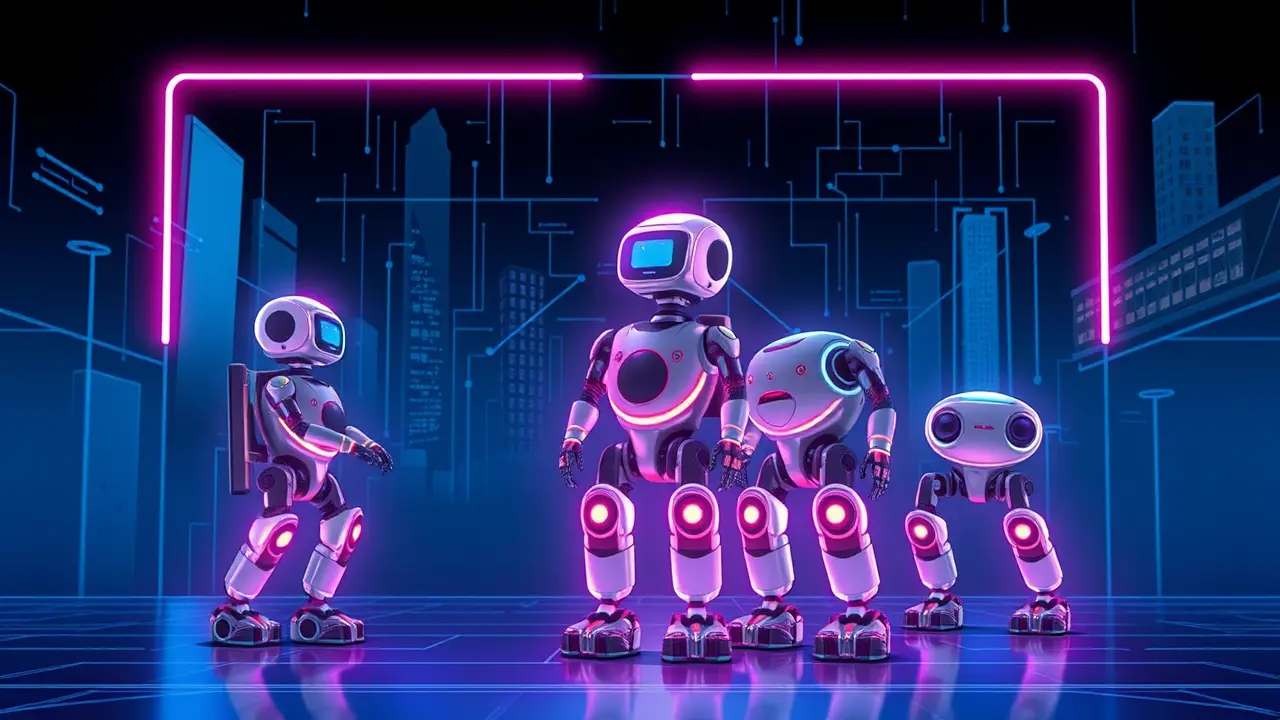
AIroboticsHumanoid Robots
China's Humanoid Robot Makers Race for Cheaper Models
DA
Daniel Reed
1 day ago7 min read
The recent surge in humanoid robot launches across China represents a fascinating, if precarious, inflection point in the global race toward embodied artificial intelligence, a development that feels less like a steady march of technological progress and more like a speculative gold rush fueled by venture capital and national ambition. When Beijing-based Noetix Robotics moved over 200 units of its child-sized 'Bumi' model at a startlingly low price point of 9,998 yuan ($1,408) within mere hours of its presale launch, it wasn't merely a sales victory; it was a strategic salvo in an intensifying price war that threatens to prioritize market capture over sustainable innovation.This aggressive pricing strategy, while capturing headlines and consumer imagination, raises profound questions about the underlying economics and technological substance. To understand this phenomenon, one must look beyond the sleek exteriors and consider the complex interplay of hardware commoditization, government subsidies through initiatives like 'Made in China 2025', and the fierce competition among startups and tech giants such as Ubtech and Fourier Robotics to establish an early foothold in what many predict will be the next computing platform.The core components—actuators mimicking human joints, sophisticated sensor suites for environmental perception, and the complex AI stacks required for bipedal locomotion and object manipulation—have historically been prohibitively expensive. The dramatic price compression we are now witnessing suggests either a remarkable breakthrough in supply chain efficiency and manufacturing scale, or a dangerous subsidization model where companies are selling at or below cost to buy market share and attract further investment, a tactic reminiscent of the early days of the consumer drone market.Experts like Dr. Lin Wei from the Shanghai Robotics Institute caution that while the cost of LiDAR and certain processors has decreased, the fundamental challenges of power density, dynamic balance in unstructured environments, and dexterous manipulation remain significant hurdles that low-cost models have likely not overcome, potentially resulting in products with limited functionality and high failure rates outside of controlled demonstrations.The parallel to the 'copycat' phase of the Chinese smartphone industry is striking, where an initial explosion of low-cost manufacturers eventually consolidated into a few dominant players who could deliver both scale and innovation. The critical question for the global AI and robotics community is whether this current race to the bottom will ultimately accelerate the democratization of advanced robotics, bringing sophisticated tools to factories, homes, and research labs at an unprecedented pace, or if it will create a bubble that, upon bursting, could stall investment and disillusion the public for years to come.The trajectory of this market will be a key indicator of China's capacity to transition from a manufacturing powerhouse to a genuine leader in high-tech innovation, testing its ability to balance state-directed industrial policy with the organic, often unpredictable, demands of technological breakthrough. As these humanoid robots begin to trickle out of warehouses and into the real world, their performance, reliability, and actual utility will be the ultimate judge of whether this price war was a masterstroke of market creation or a costly detour on the path to artificial general intelligence.
#weeks picks news
#humanoid robots
#Noetix Robotics
#Bumi
#price competition
#market sustainability
#China tech
#robotics industry
Stay Informed. Act Smarter.
Get weekly highlights, major headlines, and expert insights — then put your knowledge to work in our live prediction markets.
Related News
Comments
It’s quiet here...Start the conversation by leaving the first comment.
© 2025 Outpoll Service LTD. All rights reserved.








